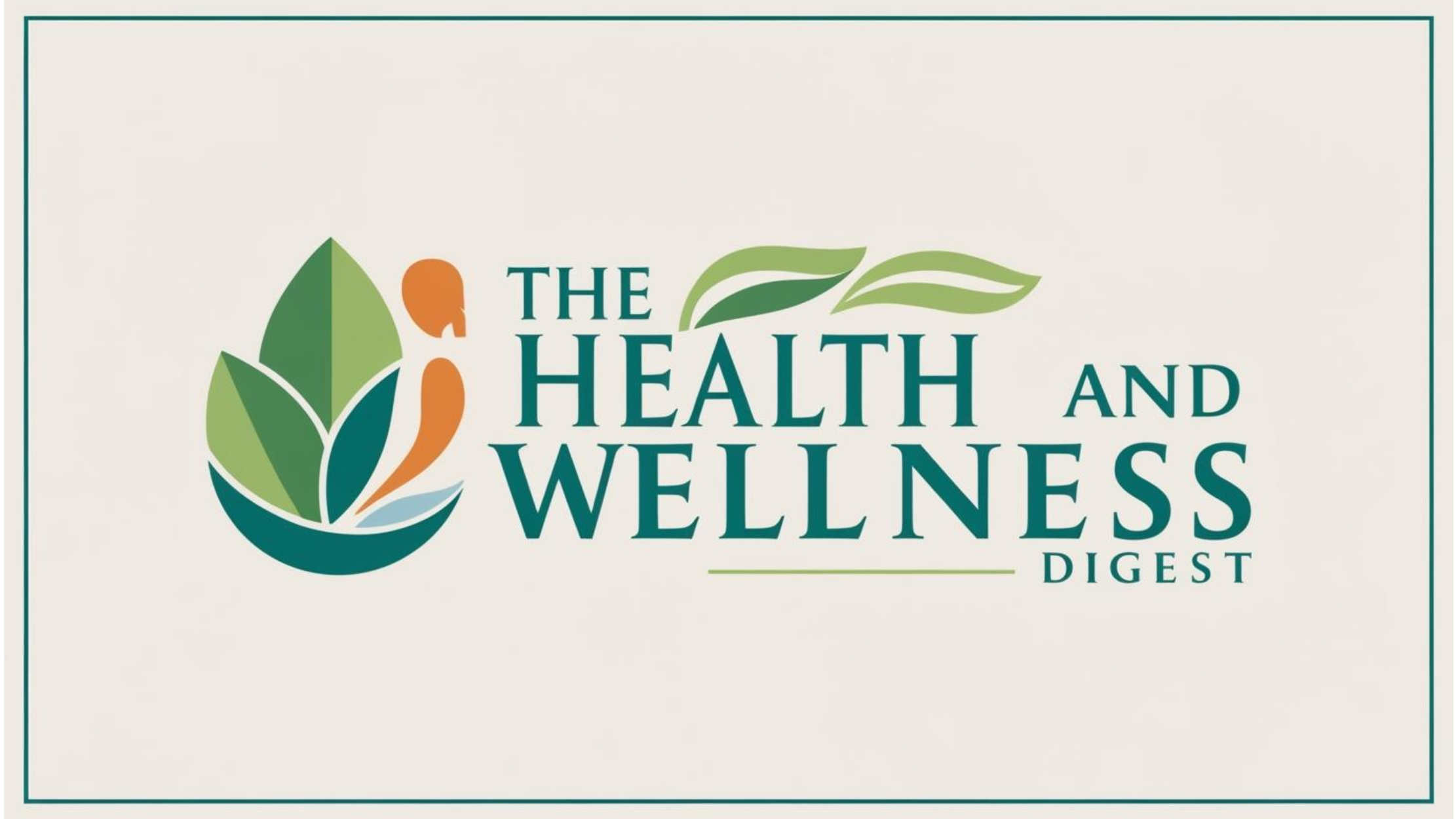
Understanding Sarcopenia: The Silent Agony of Muscle Loss
As we gracefully age, several aspects of our health require attention, many of which garner much-deserved focus, such as cognitive wellness and bone density. However, often overlooked is a significant yet silent issue known as sarcopenia, or age-related muscle loss. This physiological decline is not merely a cosmetic concern; it can profoundly impact our daily lives and overall independence.
What Causes Muscle Loss As We Age?
Sarcopenia is a natural part of aging that triggers a decline in muscle mass and strength, starting as early as age 30. From this point onward, individuals can expect to lose approximately 3% to 8% of their muscle mass each decade, with the rate of loss accelerating after reaching age 60. Numerous factors contribute to this phenomenon:
Decreased Physical Activity: As lifestyle changes occur—often due to busy schedules—maintaining a regular exercise routine becomes challenging but critical.
Nutritional Deficiencies: Aging often leads to a lack of essential nutrients, making it crucial to maintain a balanced diet.
Emerging Health Conditions: Chronic diseases can exacerbate muscle loss, creating a vicious cycle that harms overall mobility and health.
Inflammation: The body naturally experiences increased inflammation levels with age, affecting muscle repair and growth.
Hormonal Changes: Alterations in hormone levels related to aging can also impede muscle maintenance and regeneration.
The Everyday Impact of Sarcopenia
The ramifications of sarcopenia extend beyond superficial muscle loss. For many, the inability to perform simple tasks such as standing up or walking leads to profound frustrations and reduced quality of life. Decreased endurance increases susceptibility to fatigue, heightens the risk of falls, and amplifies concerns about bone fractures. Recognizing these signs is essential because, ultimately, knowing where you stand allows you to adopt effective strategies for improvement.
Dr. Joseph Maroon, a renowned neurosurgeon and athlete, emphasizes the importance of self-assessment. Measuring grip strength is a valuable and easily obtainable indicator of overall muscle health, offering insights into your physical status.
Stopping Muscle Loss: Empower Yourself
It's never too late to take preventive action and improve your muscle health. Here are some strategies recommended by experts:
1. Assess Your Muscle Strength
Using a grip strength dynamometer, you can measure your baseline grip strength, which not only serves as an indicator of muscle function but also correlates with cardiovascular health. A stronger grip provides more than just assurance about your muscle status; it potentially indicates a reduced risk of heart disease.
2. Follow a Nutrient-Rich Diet
Eating mindfully is crucial for maintaining muscle strength. A diet rich in lean proteins helps in muscle regeneration. Incorporate foods such as chicken, turkey, legumes, and grains like quinoa. Remember to consume sufficient vitamin D, which is integral for muscle health, by selecting sources like salmon, fortified milk, or orange juice. Don't forget essential antioxidants like vitamin C found in fruits such as oranges and strawberries, as they contribute to muscle recovery.
3. Stay Active with Exercise
Conclusion: The Future of Muscle Health
Embracing these proactive measures can significantly enhance not only your muscle mass but also your overall quality of life as you age. While the path through aging can feel daunting at times, the positive news is that by incorporating strength assessments, nutritionally balanced diets, and appropriate exercise, you can greatly impact your muscle health.
Keep in mind that every small step adds up, making a dramatic difference in your health and independence. Consider consulting with a health professional for personalized strategies tailored to your unique situation. Remember: it’s never too late to start your journey toward a strong, healthier future.
 Add Row
Add Row  Add Element
Add Element 



Write A Comment